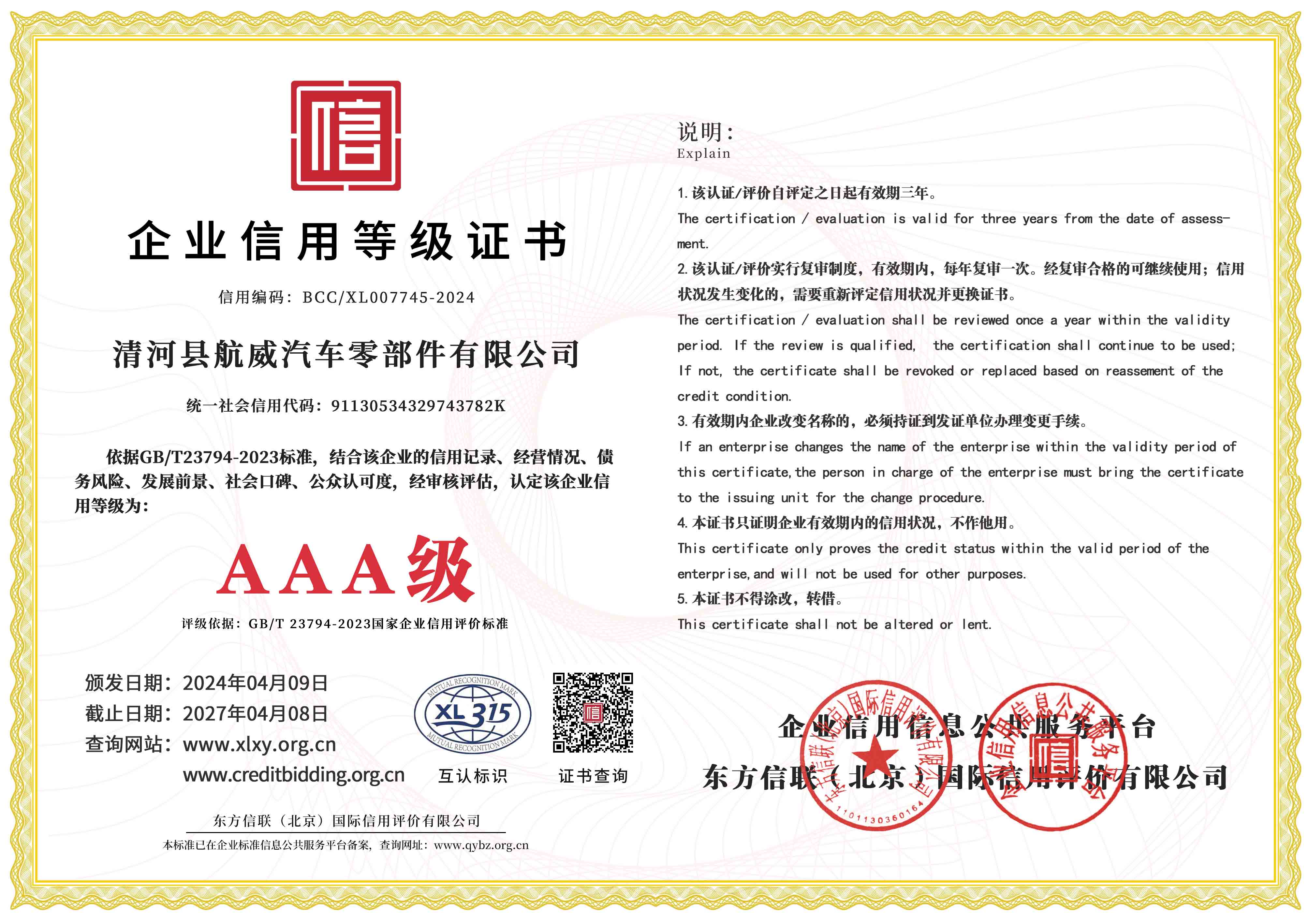rear derailleur cable
Understanding Rear Derailleur Cables The Unsung Heroes of Bicycle Shifting
When it comes to bicycling, one of the most crucial components that ensures a smooth ride is the rear derailleur cable. While often overlooked in discussions about cycling components, the rear derailleur cable plays a significant role in the overall performance and functionality of the bicycle's gearing system. In this article, we will explore the importance, functionality, and maintenance of rear derailleur cables.
The Role of Rear Derailleur Cables
The rear derailleur is part of a bicycle's system that allows the rider to switch gears. This system includes the derailleur, shifters, and, crucially, the cables that connect these components. The rear derailleur cable transmits the force from the shifter to the derailleur, which moves the chain from one cog to another on the rear cassette. A properly functioning cable ensures that shifting is precise and effortless, enabling the cyclist to adapt to various terrains efficiently.
Understanding the Mechanics
When a rider shifts gears, the shifter pulls or releases the rear derailleur cable, which in turn moves the derailleur. This movement guides the chain to different sprockets on the cassette, allowing for a change in gear ratios. The tension in the cable is critical. Too much tension may result in the chain dropping to an unintended gear, while too little tension could prevent the derailleur from shifting at all.
rear derailleur cable

Besides the shifting operation, the cable must endure various environmental factors, such as dirt, moisture, and temperature fluctuations. Therefore, the material used for the cable is vital. Most rear derailleur cables are made from stainless steel for durability, although options like coated cables are available to reduce friction for smoother operation.
Signs of Wear and When to Replace
Like any mechanical component, rear derailleur cables can wear out over time. Signs of a failing cable may include sluggish shifting, cable fraying, or visible rust. Additionally, if the shifting is inconsistent or if the chain skips gears, it may indicate that the cable needs adjustment or replacement.
When replacing a rear derailleur cable, it is crucial to select the right length and type for your specific bicycle model. Most bike shops offer a variety of cables, but ensure compatibility with your shifters and derailleur. The installation process typically involves detaching the old cable, cleaning the housing, and threading the new cable through the appropriate channels. This simple maintenance task can greatly enhance the bike's overall performance and longevity.
Conclusion
In conclusion, while the rear derailleur cable may not be the most glamorous part of a bicycle, its role is undeniably crucial for effective gear shifting. Riders who overlook this component may find themselves facing frustrating and inefficient rides. Regular inspection and maintenance of the rear derailleur cable can lead to improved cycling performance, allowing riders to enjoy their adventures without interruptions. As with all bike components, understanding the function and care of your rear derailleur cable will enhance the riding experience, making it smoother and more enjoyable. Cycling enthusiasts should remember sometimes, it’s the small parts that make the biggest difference.
-
Upgrade Your Vehicle with High-Quality Handbrake CablesNewsNov.01,2024
-
Optimize Your Bike's Performance with Quality CablesNewsNov.01,2024
-
Enhance Your Vehicle's Performance with Quality Clutch ComponentsNewsNov.01,2024
-
Elevate Your Vehicle's Performance with Quality Throttle CablesNewsNov.01,2024
-
Elevate Your Vehicle's Performance with Quality CablesNewsNov.01,2024
-
Affordable Solutions for Your Cable NeedsNewsNov.01,2024
